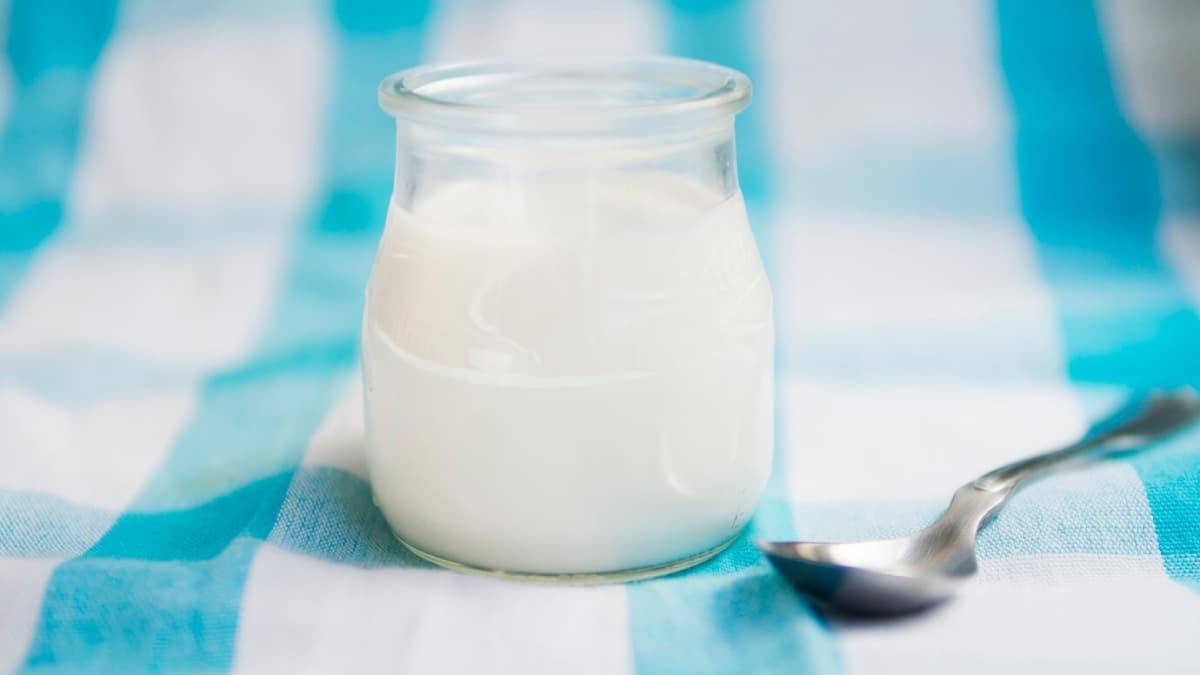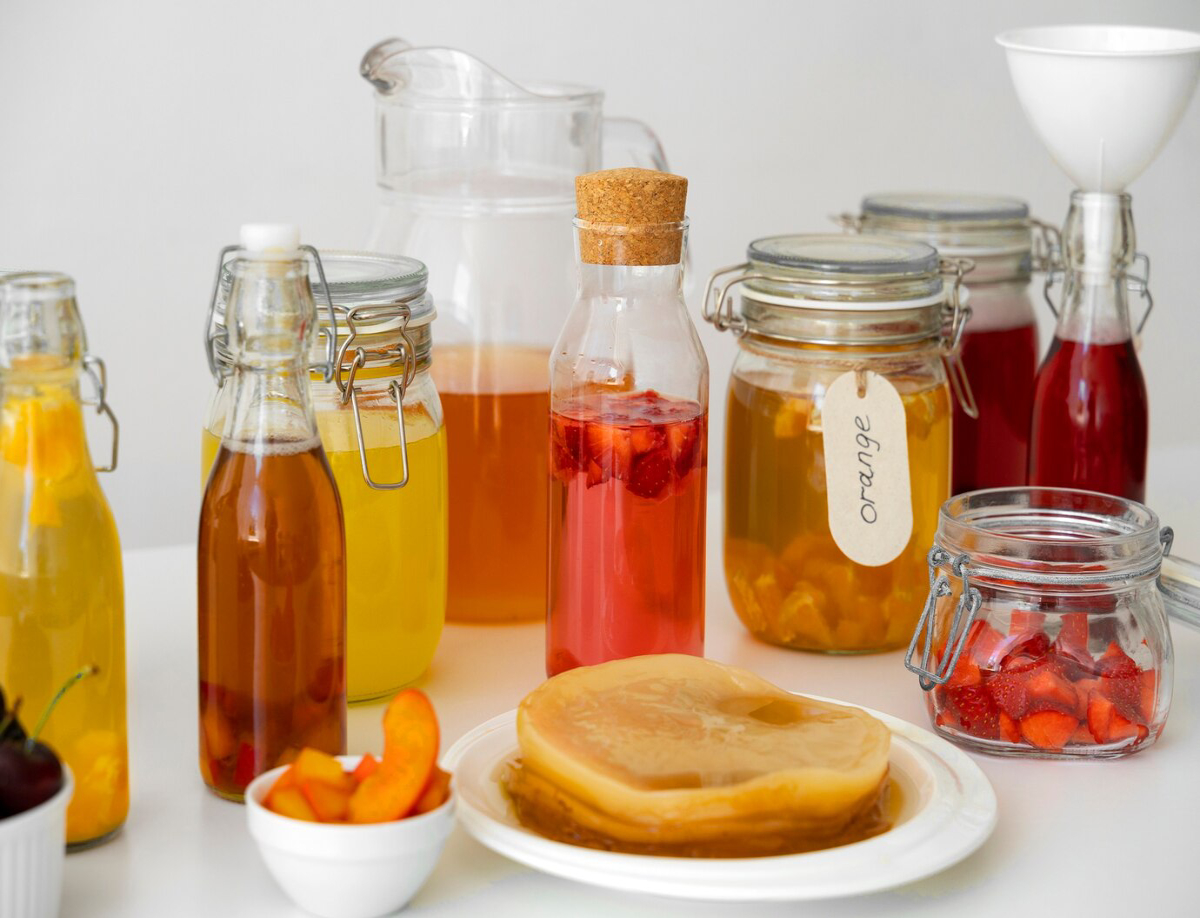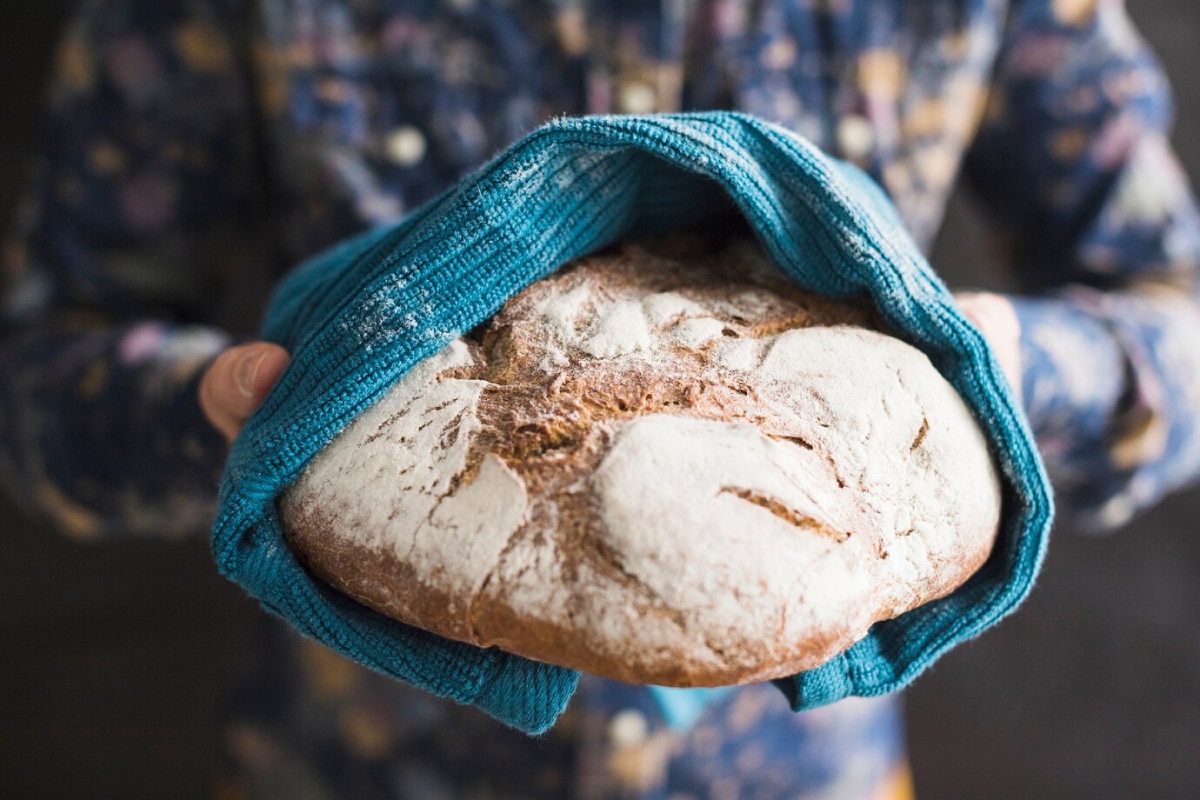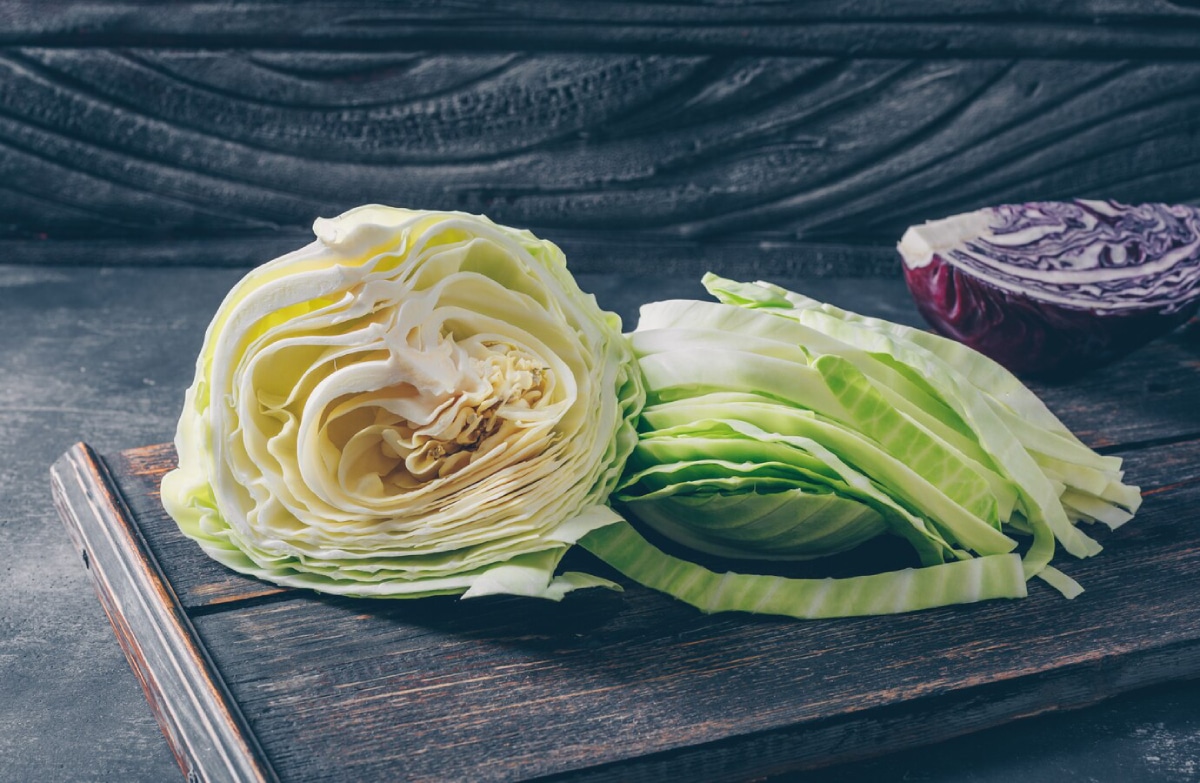
Exploring Korean Fermentation: Kimchi Beyond Napa Cabbage
When most people think of kimchi, the image that pops to mind is a vibrant red pile of fermented napa cabbage with a punch of chilli, garlic, and tang. And while that version is beloved for good reason, it’s just the tip of the iceberg.
Korean cuisine boasts over 200 documented varieties of kimchi—made from everything from radishes to green onions, cucumbers to mustard greens. Each type brings its own seasonal flair, regional personality, and nutritional profile to the table.
In this deep dive into Korean fermented food, we’ll explore the rich tapestry of kimchi varieties, the cultural significance of fermentation in Korea, and how you can expand your palate beyond napa cabbage. You’ll also find starter-friendly recipes, practical tips, and real-life stories from kimchi enthusiasts.
So, grab your favourite fermentation jar and get ready to embark on a flavour-packed journey through one of the world’s most treasured traditions in fermented Asian cuisine.
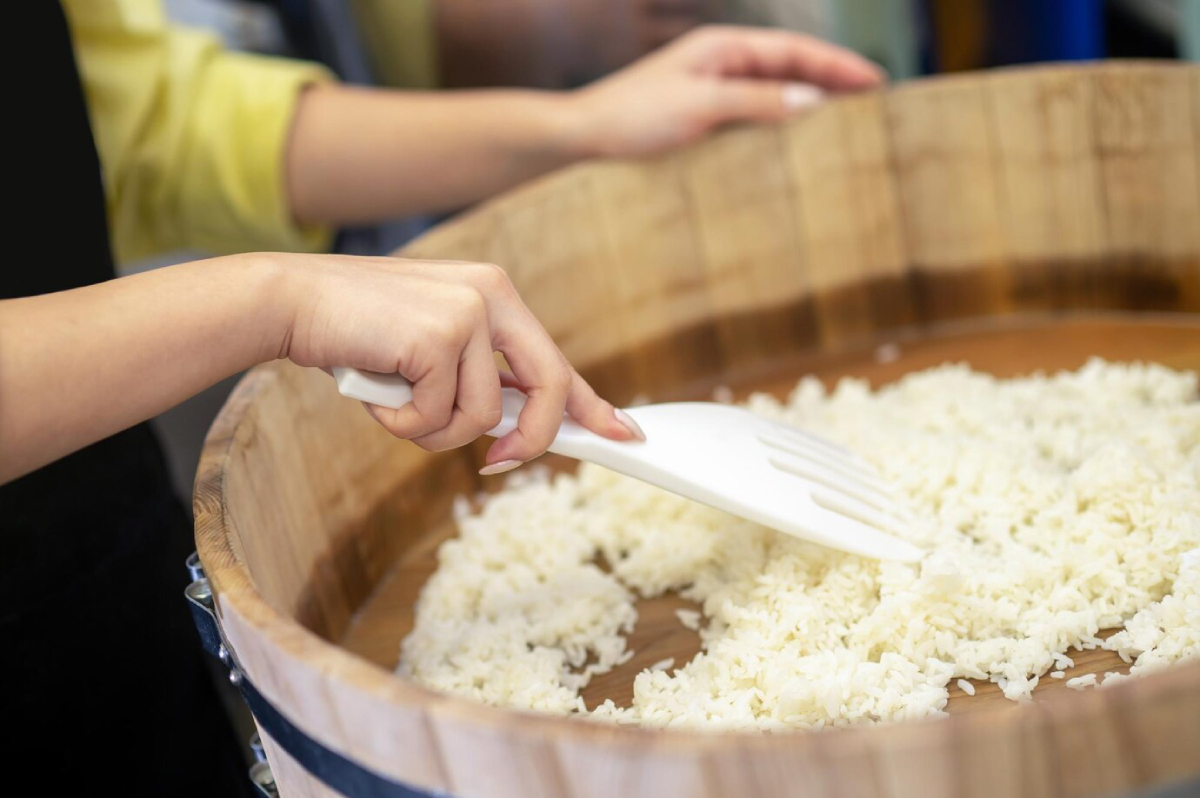
The History and Culture of Korean Fermentation
Why Fermentation Is a Cornerstone of Korean Cuisine
Fermentation in Korea isn’t just about preserving food—it’s about honouring the seasons, connecting with family, and building deep flavours that develop over time. Kimjang, the communal act of making kimchi, is even recognised by UNESCO as an Intangible Cultural Heritage of Humanity.
Historically, fermentation allowed Koreans to store vegetables through long, harsh winters. Today, it remains a daily staple and an expression of identity.
The Science Behind the Flavour
Kimchi is a lactic acid fermentation. Beneficial bacteria like Lactobacillus plantarum break down sugars into acids, creating that familiar sour note while also enhancing digestibility and nutrient availability.
Health benefits include:
- Gut flora support
- Anti-inflammatory compounds
- Rich sources of vitamins A, B, and C
Kimchi Varieties You Need to Know
1. Baechu Kimchi (Napa Cabbage Kimchi)
- The Classic: Napa cabbage, gochugaru (Korean chilli flakes), garlic, ginger, fish sauce, and green onions.
- Often served in large batches and aged for months.
2. Kkakdugi (Cubed Radish Kimchi)
- Crunchy and juicy, this kimchi uses Korean radish (mu), cut into cubes.
- Ideal for soups, rice dishes, or as a palate cleanser.
3. Oi Sobagi (Cucumber Kimchi)
- Light and refreshing with a spicy kick.
- Typically eaten young and fresh, not heavily aged.
4. Chonggak Kimchi (Ponytail Radish Kimchi)
- Made from whole baby radishes with greens attached.
- Strong in flavour and deeply satisfying when aged.
5. Pa Kimchi (Green Onion Kimchi)
- Features long green onions seasoned and fermented.
- Bold, spicy, and beloved in the south of Korea.
6. Nabak Kimchi (Water Kimchi)
- A mild, often pink kimchi with beet juice and brined vegetables in a tangy broth.
- Served cold and sipped as a digestive.
7. Baek Kimchi (White Kimchi)
- Made without chilli. Mild and delicate with pear, jujube, and pine nuts.
- Great for children or spice-sensitive eaters.
Want to explore other wild vegetable ferments? Check out Fermenting Vegetables Without a Starter
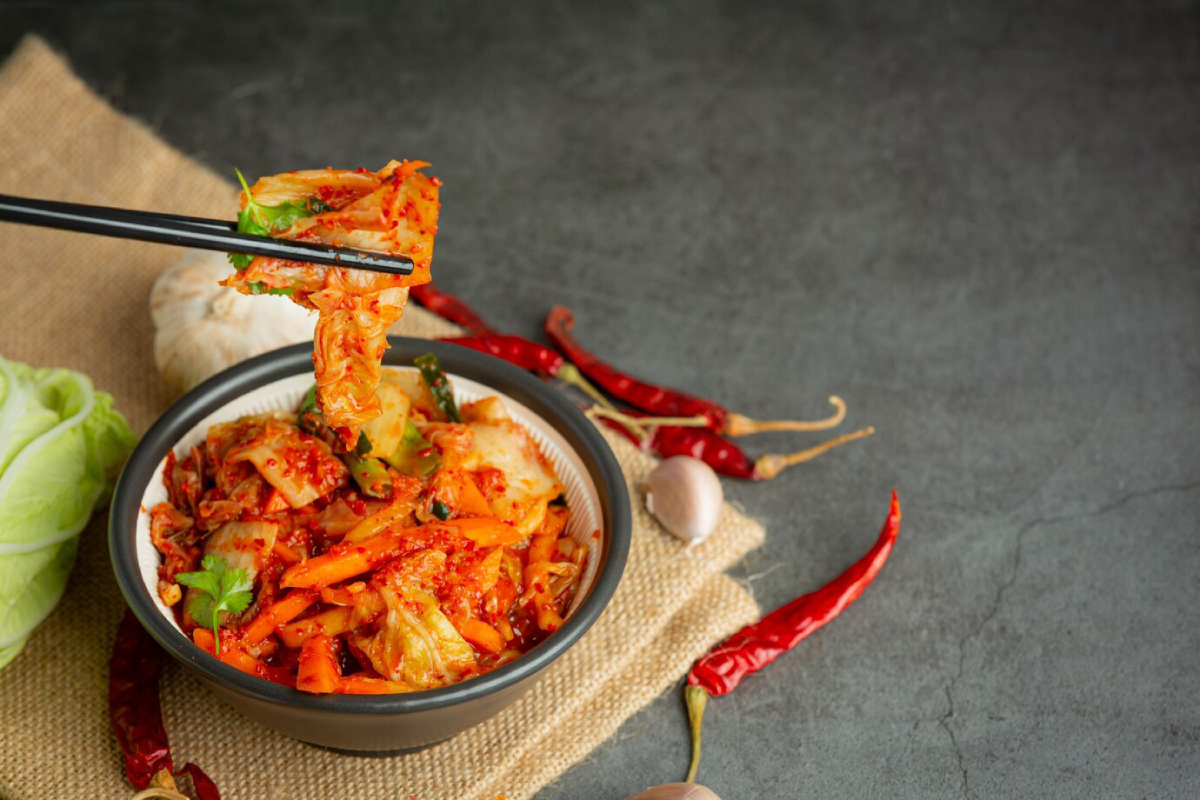
Make Baek Kimchi (White Kimchi) at Home
Ingredients:
- 1 medium napa cabbage
- 1 small Korean pear
- ½ daikon radish
- 4 cups water
- 2 tbsp sea salt
- 5 garlic cloves
- 1 tsp grated ginger
- 3 jujubes (optional)
- 2 tbsp pine nuts (optional)
Steps:
- Cut cabbage lengthwise and soak in salted water for 4–6 hours.
- Rinse and drain.
- Create stuffing: slice radish and pear into matchsticks; mix with garlic and ginger.
- Gently layer stuffing between cabbage leaves.
- Place in a clean jar and cover with remaining brine.
- Ferment at room temperature for 2–3 days. Refrigerate.
Common Kimchi-Making Ingredients and Substitutes
| Traditional Ingredient | Purpose | Substitution Option |
| Gochugaru | Heat & colour | Paprika + chilli flakes (not identical!) |
| Fish sauce | Umami | Soy sauce or miso paste (for vegetarians) |
| Korean radish (mu) | Crunch | Daikon or turnip |
| Korean pear | Sweetness | Asian pear or apple |
Tools You’ll Need for Home Fermenting
- Ceramic or glass fermentation crock or jar
- Sea salt (non-iodised)
- Cloth or airlock lid
- Gloves (to avoid chilli burn)
- Cutting board and sharp knife
Tip: Always use clean tools. But don’t sterilise too much—kimchi loves a bit of natural microbe exposure.
Kimchi Beyond the Side Dish: How to Use It
Kimchi isn’t just a side dish. It’s a flavour bomb that enhances many dishes:
- Kimchi Fried Rice
- Kimchi Pancakes (Jeon)
- Kimchi Stew (Kimchi Jjigae)
- Kimchi Grilled Cheese
- Kimchi Tacos
These ideas transform your jar of fermented goodness into the star of the meal.
Anecdotes from the Kimchi Community
“My Grandma’s Chonggak Kimchi Was Legendary” “Growing up, we always had a bubbling crock in the corner. My grandma’s radish kimchi was her pride, and I’ve learned to carry on the tradition—especially around holidays.” — Jinhee, 34, London
“White Kimchi Saved My Gut” “I couldn’t handle spicy food after a gut issue, but baek kimchi gave me a way to still enjoy fermented flavours. It’s soothing, hydrating, and gentle on my stomach.” — Charlie, 42, Glasgow
“Kimchi Turned Me Into a Cook” “Making kimchi was my first foray into fermentation. It gave me confidence in the kitchen and now I teach it at local workshops!” — Anjali, 29, Manchester
Tips for First-Time Fermenters
- Use fresh vegetables—organic if possible.
- Salt matters—sea salt or Korean bamboo salt works best.
- Don’t seal jars airtight—leave room for gases to escape.
- Store in a cool spot during fermentation (ideally 18–22°C).
- Be patient—some kimchi tastes best after a week or more.
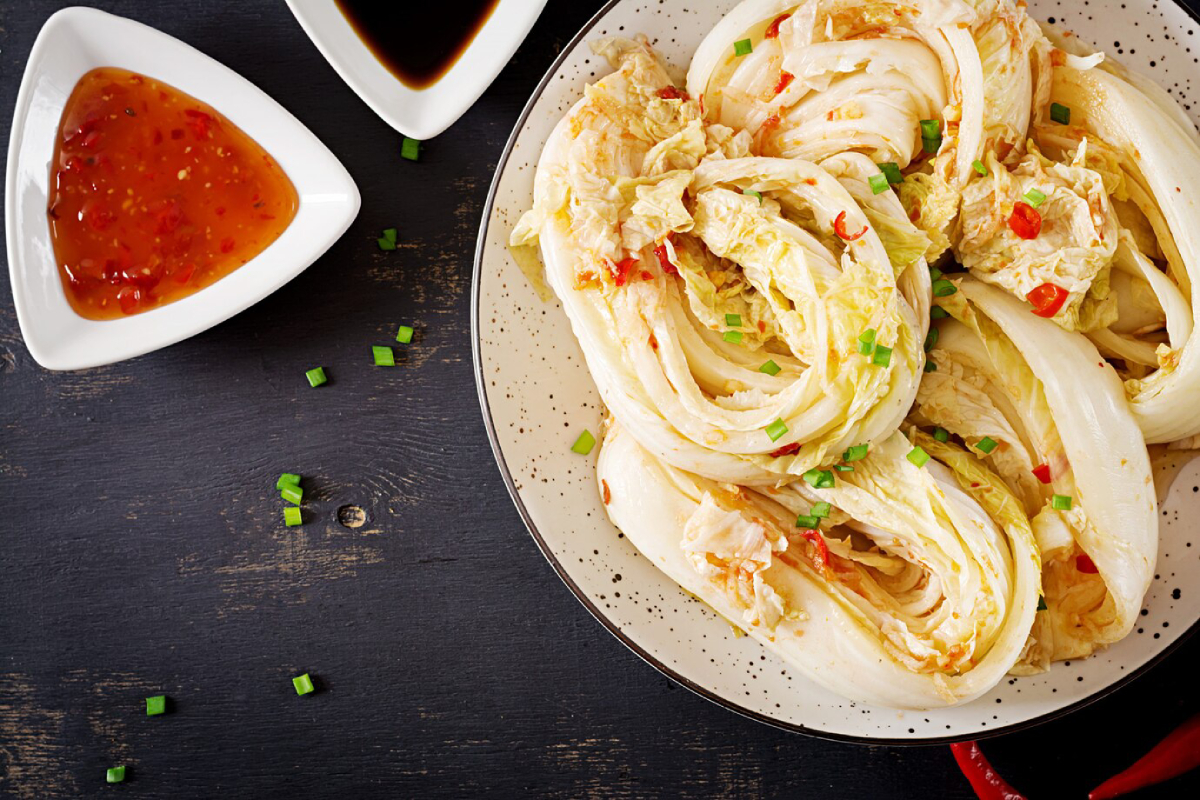
Expand Your Kimchi Horizon
Exploring kimchi varieties beyond napa cabbage opens up an entire world of flavour, texture, and culture. Whether it’s the crunchy bite of ponytail radishes or the soothing freshness of white kimchi, every version has something special to offer.
Making kimchi is more than a kitchen project. It’s a cultural experience, a health-boosting habit, and a creative outlet. The best part? It’s endlessly customisable, beginner-friendly, and a delicious way to connect with fermented Asian cuisine.
Now it’s your turn! Choose one variety you haven’t tried yet, make it this week, and share your results with us. Got a family recipe or unique flavour combo? Drop it in the comments or tag us online—let’s celebrate the diversity of Korean fermentation together.
Want to understand how probiotics really work? Check out The Science Behind Fermented Probiotics
